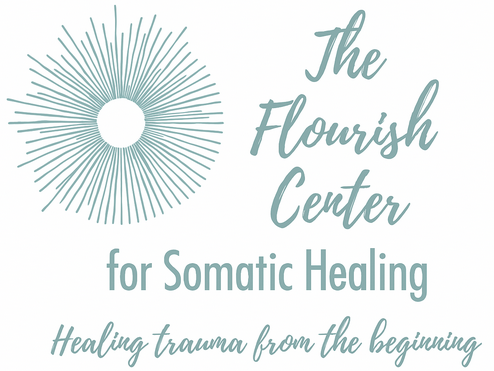In recent years, somatic therapy has gained recognition as a powerful approach to healing that emphasizes the connection between the mind and body. But what exactly is somatic therapy, and why is it important? In this blog post, we’ll explore the principles of somatic therapy, its benefits, and how it can transform our understanding of mental health and emotional well-being.
What is Somatic Therapy?
Somatic therapy is a holistic approach that integrates psychological and physical aspects of the self. The term “somatic” comes from the Greek word “soma,” meaning “body.” This therapeutic practice recognizes that our experiences, emotions, and traumas are stored not just in our minds but also in our bodies.
In a somatic therapy session, clients are encouraged to tune into their bodily sensations, movements, and emotions. Through techniques such as Somatic Experiencing, DARe attachment therapy, somatic bodywork, breathwork, mindfulness, and movement, individuals can access deeper layers of their experiences, facilitating healing and personal growth.
The Importance of Somatic Therapy
- Trauma Release: One of the most significant benefits of somatic therapy is its ability to help individuals process trauma. Traditional talk therapy often focuses on narrative and cognition, but somatic therapy allows for the release of trauma that may be trapped in the body. By accessing these stored emotions and sensations, clients can experience profound healing.
- Mind-Body Connection: Somatic therapy emphasizes the interconnectedness of the mind and body. Many people experience physical symptoms as a result of emotional distress, such as tension headaches or gastrointestinal issues. By exploring these connections, clients can better understand how their emotional states impact their physical health.
- Emotional Regulation: This therapeutic approach helps individuals develop greater awareness of their emotions and bodily sensations. By learning to identify and process feelings as they arise, clients can enhance their emotional regulation and resilience, leading to healthier relationships and improved overall well-being.
- Enhanced Self-Awareness: Somatic therapy encourages clients to listen to their bodies, promoting self-awareness and mindfulness. This practice can lead to a deeper understanding of one’s needs, boundaries, and desires, empowering individuals to make choices that align with their authentic selves.
- Stress Reduction: The body holds onto stress in various ways. Somatic techniques can help release physical tension and promote relaxation, reducing overall stress levels. This is especially valuable in our fast-paced world, where chronic stress is a common issue.
- Personal Empowerment: Engaging in somatic therapy can foster a sense of empowerment and agency. As individuals learn to tune into their bodies and emotions, they often find a newfound sense of control over their lives and experiences.
- Repair and reorganization of early childhood and developmental trauma: through accessing implicit memories stored in the body, somatic therapy can help repair deeply held traumas and beliefs stored in the body that have had lasting influence into the present day.
How Somatic Therapy Works
Somatic therapy sessions can vary widely depending on the practitioner and the needs of the client. Common techniques include:
- Mindfulness and Breathwork: Clients may practice mindfulness exercises that focus on breathing, helping them to connect with their bodies and cultivate a sense of presence.
- Movement: At Flourish, we use trauma-informed yoga therapy to access and release long-held tension and trauma
- Touch and Bodywork: Gentle Somatic Bodywork techniques are used to help clients release stored emotions and memories.
- Visualization and Guided Imagery: Clients may be guided through visualizations that help them access deeper emotional states and explore their experiences.
Lakshmi as a Somatic Therapist
Lakshmi has been a bodyworker for 25 years and is an internationally certified yoga therapist. As a Somatic Experiencing Practitioner and DARe practitioner, Lakshmi has extensive training in working with how trauma is held in the body and how to gentle and effectively release that trauma from the body to help her clients feel a greater sense of self, coherence, and freedom from pain.
Conclusion
Somatic therapy offers a unique and holistic approach to health, highlighting the essential connection between body and mind. By tapping into the wisdom of our bodies, we can release trauma, regulate emotions, and cultivate a deeper understanding of ourselves. In a world where mental health is increasingly recognized as vital to overall well-being, somatic therapy stands out as a powerful tool for transformation and healing. Whether you’re dealing with trauma, stress, or simply seeking personal growth, somatic therapy can be an invaluable addition to your wellness toolkit.

